Mansard House: The spectacular garden that doubles as a plant laboratory for a Chelsea gold medallist
Catharine Howard visits the gardens of Mansard House in Bardwell, Suffolk, the home of award-winning garden designer Tom Hoblyn and his wife Mary, who use it as their plant laboratory. Photographs by Richard Bloom.

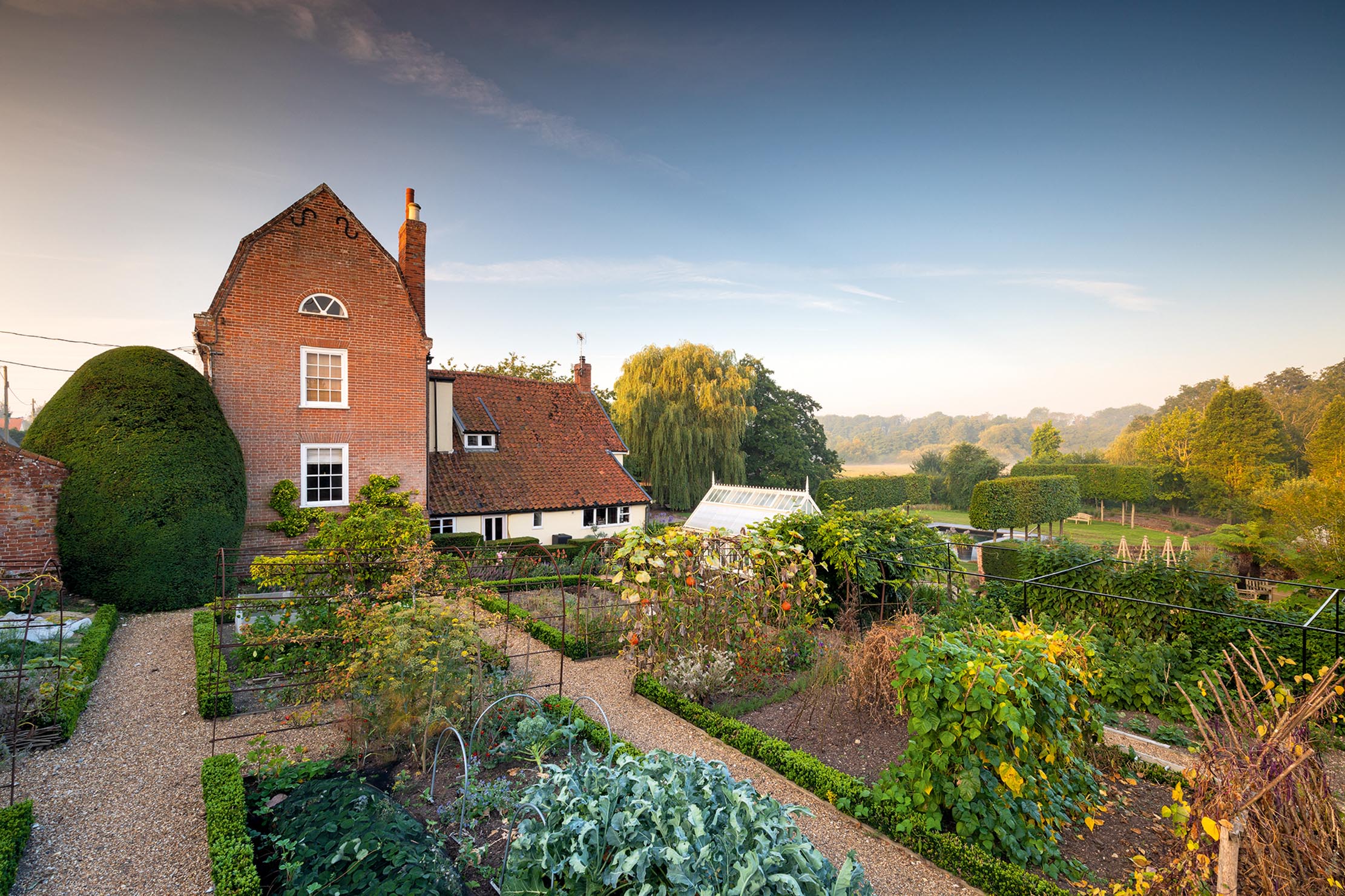
Tom and Mary Hoblyn bought Mansard House 18 years ago, when they fell in love with the brick-built Dutch-gabled house and its ramshackle plot of land. The tall 17th-century building is on a slight hill, with its back to the thriving and pretty village of Bardwell, peering out towards the water meadows that lie beyond. This is deepest Suffolk and the view opens out onto marsh with tall stands of 100-year-old coppiced alders.
The Hoblyns’ 2½ acres was a field deep in brambles and weeds. To begin, they established formal areas near the house, including a black-lined swimming pool backed by a semi-circle of pleaching, a camassia meadow and a workmanlike walled vegetable garden. There is a new Mediterranean garden, still a work in progress, and an iris garden as a tribute to Monet’s garden at Giverny in France.
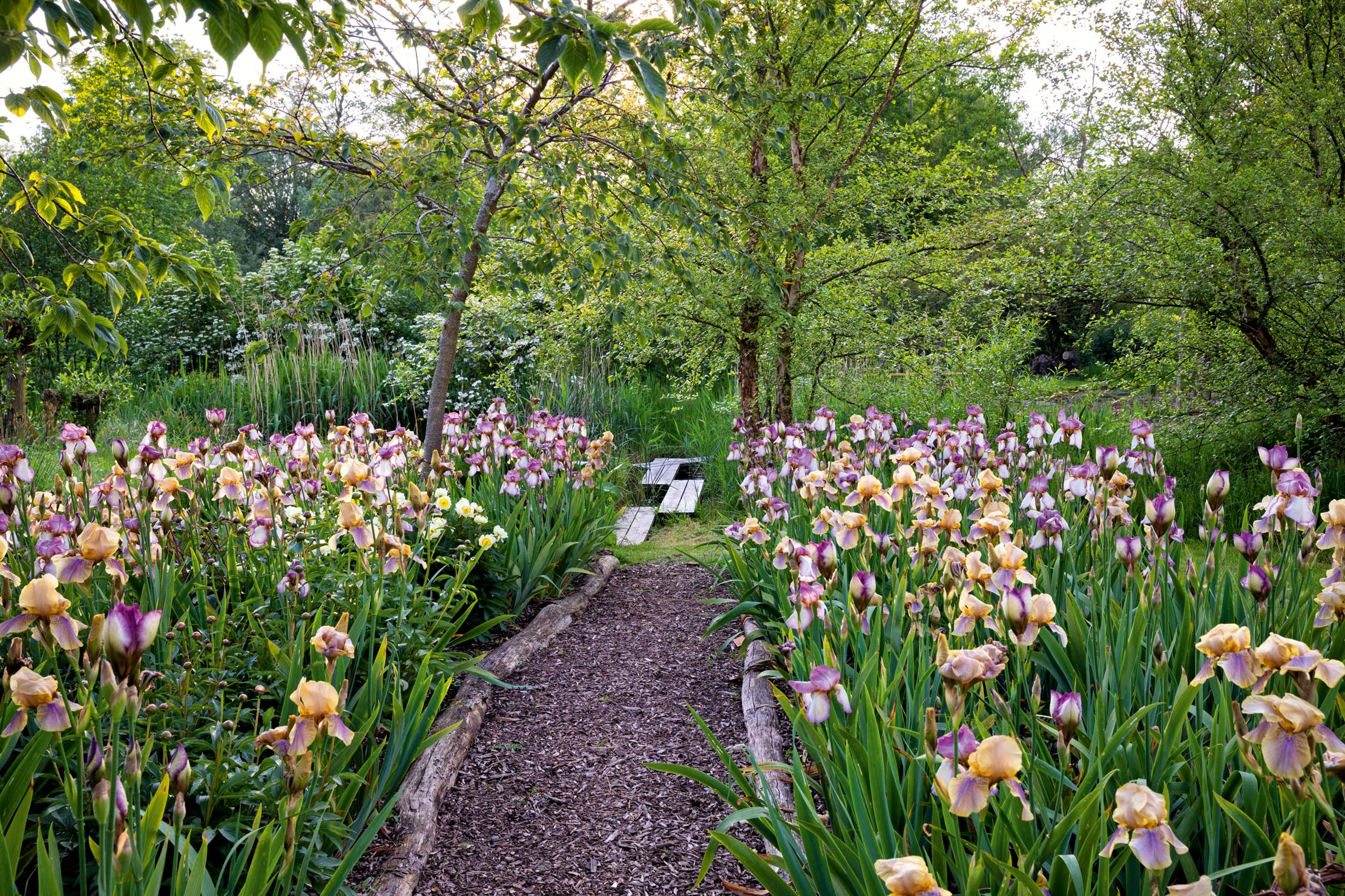
From the top of the plot, the gently sloping ground flows away downhill to hug a tributary of the Black Bourn, with the furthest and lowest area narrowing by degrees to become a cathedral aisle of willows, which lean in and shed limbs willingly. Ramblers such as Rosa ‘Albéric Barbier’ and R. ‘Bobbie James’ have been planted against some of these and are now ready to shimmy up to 30ft or more. This is the laboratory, in which plants are trialled in extreme conditions for future use in client projects. It is an intensely watery place, prone to winter flooding.
Two things are notable in their absence: the first being any actual boundaries. Mr Hoblyn is in the unusual position of also caring for another 7½ acres that border his land: planting trees for his neighbour down the right-hand side and being the curator of the wilding of the water meadows on the left. This wide, boggy view, spiked by sedges and resembling the coat of a rough Border terrier, is left to manage itself. He rejoices that these neighbours work for the National Trust and, thanks to their good practices, gradually, more moths, dragonflies and birds are appearing.
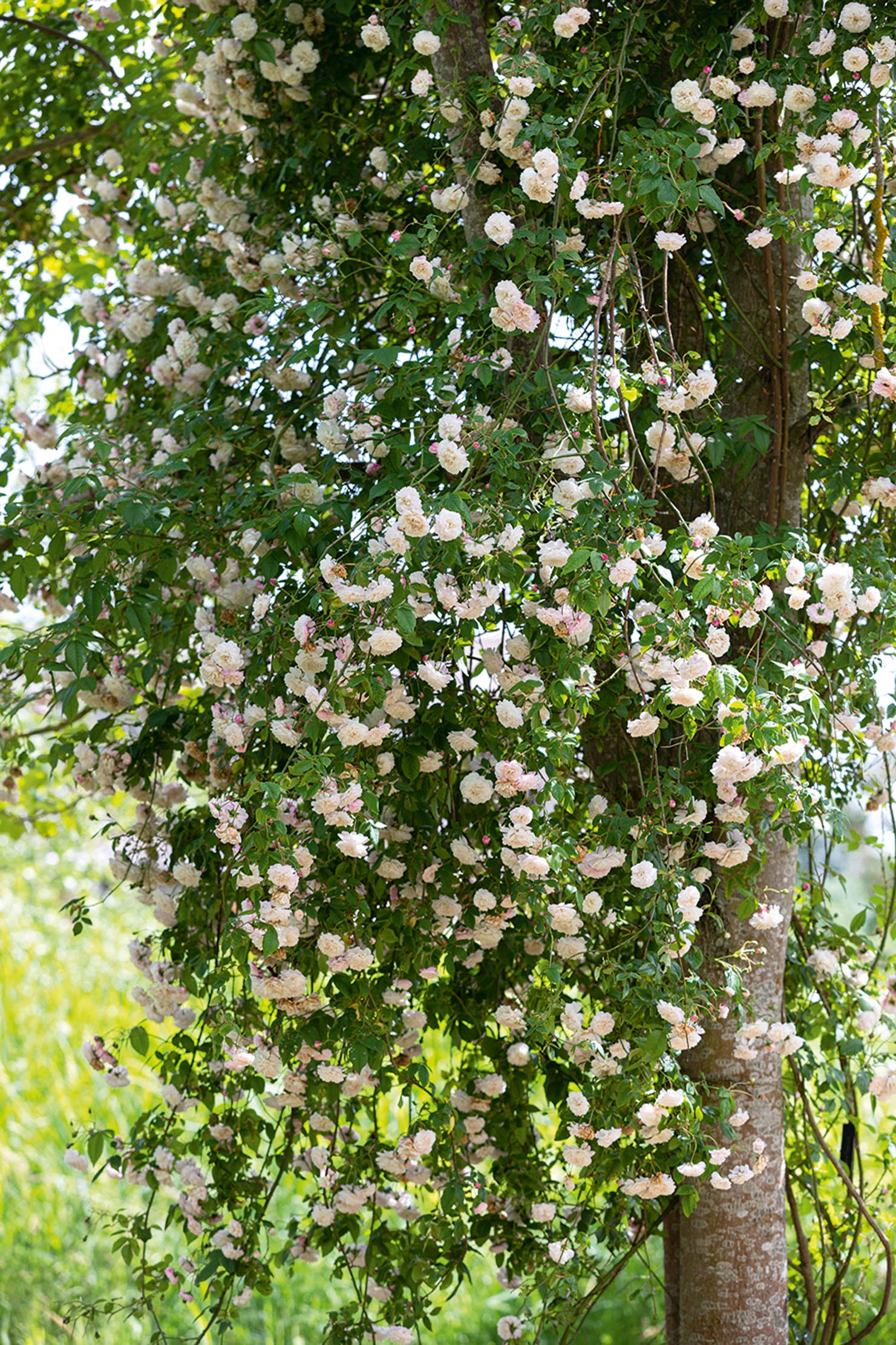
Also lacking is a design masterplan or formal drawing. Although Mr Hoblyn has said he regrets not creating one, he is interested in the garden as an evolving experiment. He is looking at plants that will survive on the edge, which require less maintenance and are able to cope with a changing climate.
Being originally from the West Country, Mr Hoblyn fully embraced the idea of a garden that did not turn bone dry in summer — indeed, he relishes the chance to test plants against winter flooding. He is a man for taking up the gauntlet.
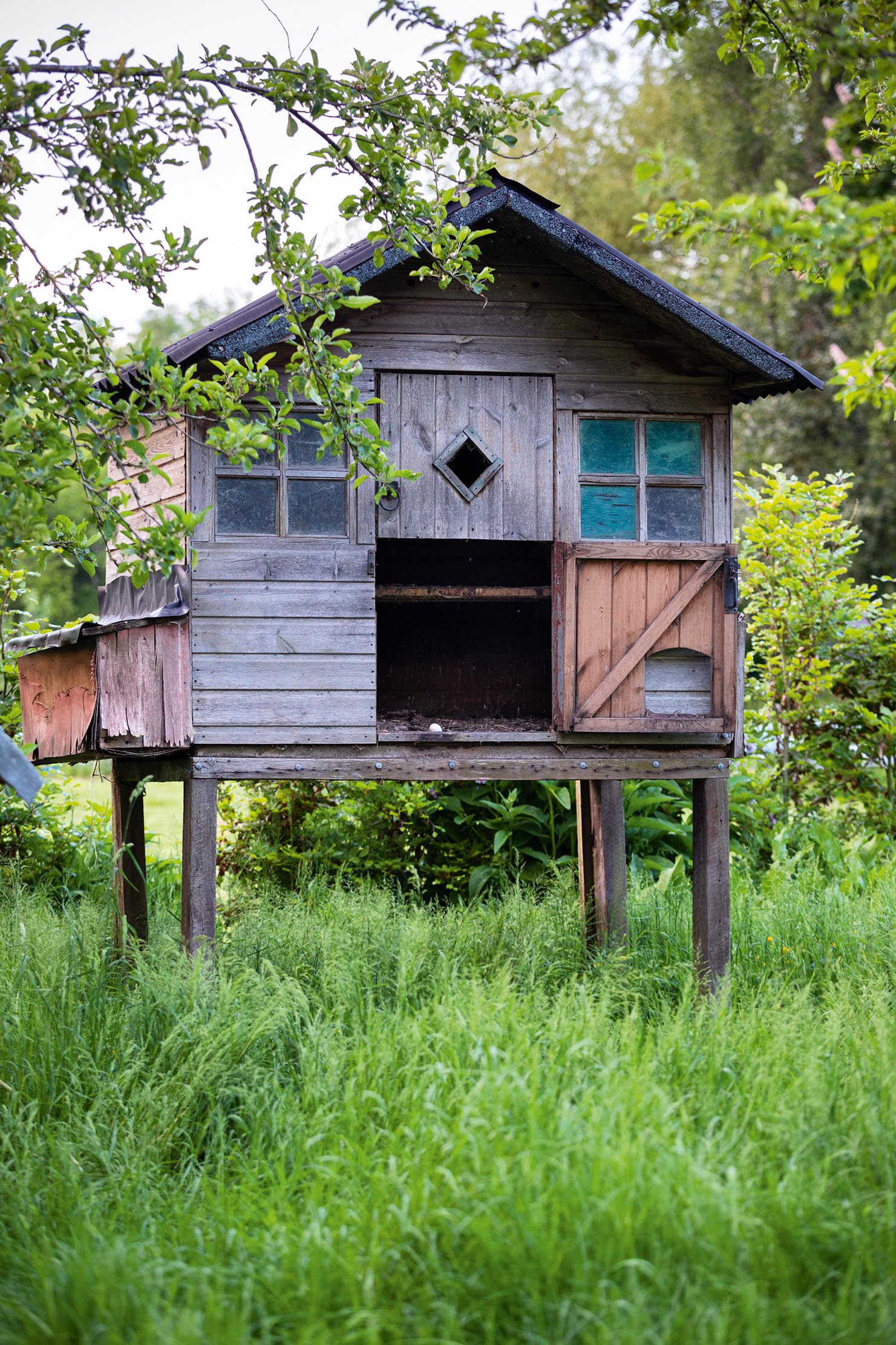
Back in the late 1990s, when he was working as a head gardener in Devon, he applied for a place on the Kew Diploma, a three-year course that accepts only 15 entrants per annum. His employer tried to dissuade him, saying: ‘You will never get in.’ He did and, after graduating, worked for landscape designer Christopher Bradley-Hole in north London, doing garden makeovers in the leafy streets of Chalk Farm. It wasn’t long before he moved out of town and started his own practice.
Exquisite houses, the beauty of Nature, and how to get the most from your life, straight to your inbox.
There were several significant influences that had left their impressions on the young gardener. He had been a frequent visitor to an aunt and uncle who were developing a large garden around their house in the South Hams in Devon. ‘At first, the conservatory had adders in it,’ he remembers. ‘They banished them and made huge herbaceous terraces. Later on, they got tired and old and Nature and the adders crept back in,’ he concludes, with a certain relish.
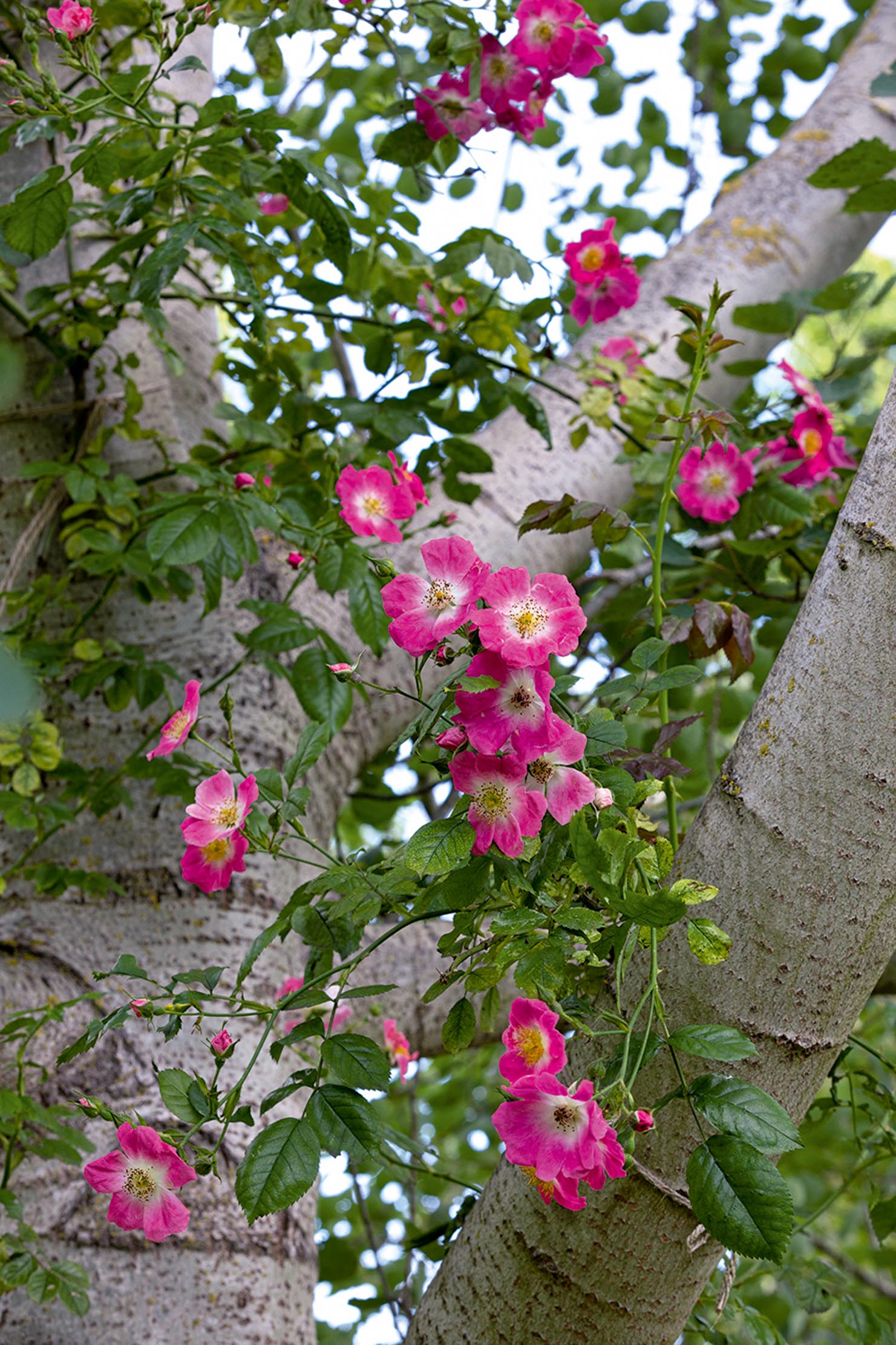
The other was his grandfather T. N. Hoblyn, a field recorder at the East Malling Research Station who, as a statistician, worked rigorously on the selection of disease-resistant and consistent fruit tree rootstock and was awarded an OBE. His obituary of 1973 tells us ‘he regarded technique as the rather lowly handmaiden of experimentation’.
Getting from formality near the house to the water world, Mr Hoblyn makes elegant use of the space with enough areas of calm lawn or meadow to give a sense of pause and contemplation. He has a sure knowledge of just how much intervention into the landscape is exciting. The tribute to Giverny has a seductively curved bridge built by him (he is something of a secret woodworker, too) reached by an avenue of Prunus ‘Shirotae’, the small early-spreading cherry.
This marches through a long pair of beds co-planted with irises and peonies, with, towards the shaded end, Paeonia rockii, which is huge and papery with a smutty face. Subtle creams and yellows have been favoured for the herbaceous peonies towards the sunny edges: Paeonia ‘Claire de Lune’ is a lovely hybrid with half mlokosewitschii parentage and P. ‘Mary E. Nicholls’ is a flour bomb in mid flight.
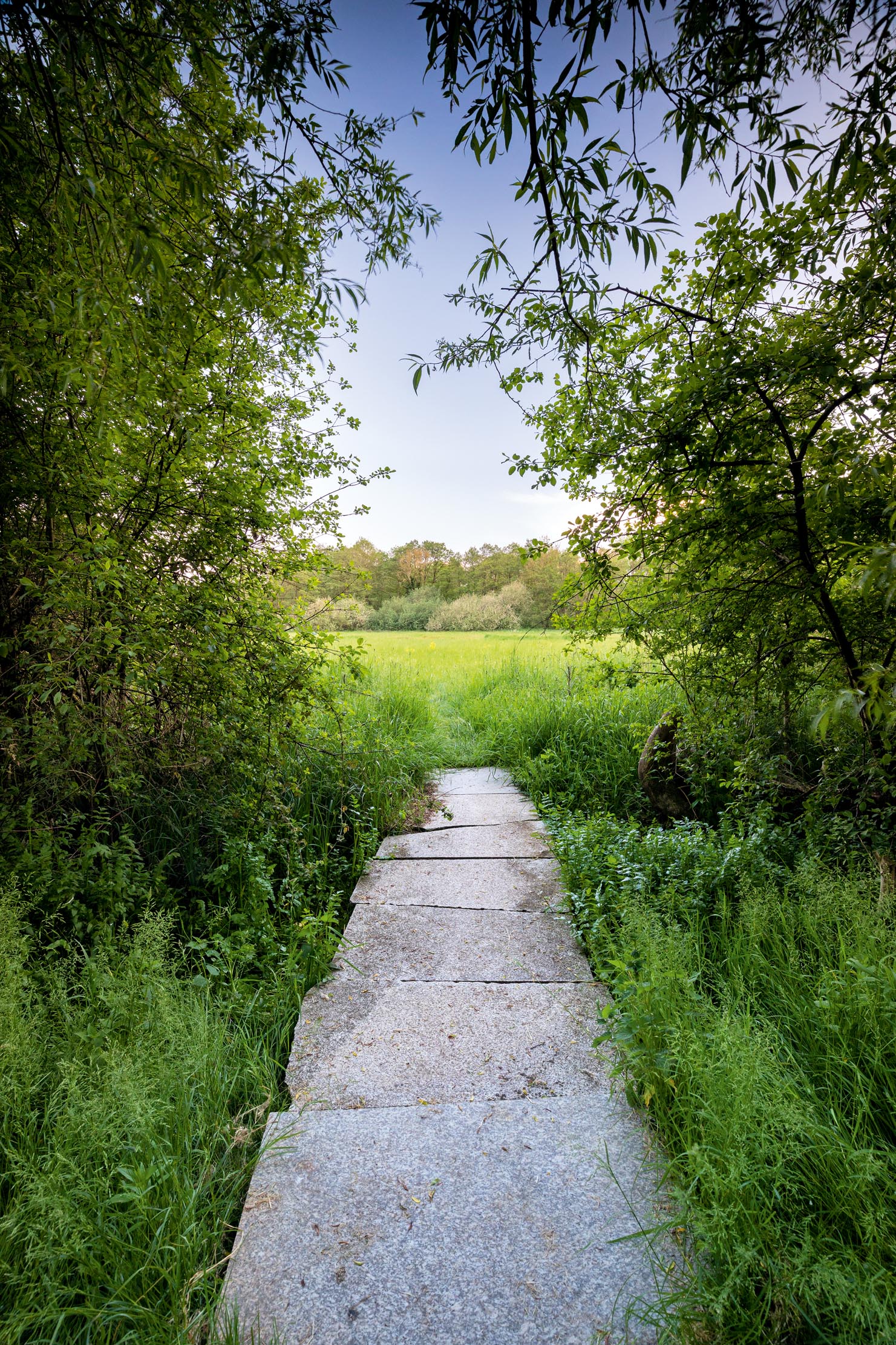
Two types of irises — Iris ‘Benton Lorna’ and I. ‘Benton Dierdre’ — have been picked for their exact heights, flowering times and because they have corresponding colours. Mr Hoblyn is very interested in the work of Olivier Filippi, a Mediterranean plant specialist with a nursery near Montpellier in France. The plants he breeds are xerophytic, tolerant to drought. Back up at the house on the east side, Mr Hoblyn is experimenting in the sheltered sunny space and ground has been prepared and covered in 8in of red sand from the local quarry at Snetterton. The plants are grown hard, roots washed before planting, includingAchillea tomentosa, its feathery foliage robust enough to be walked on, and Euphorbia pithyusa ‘Grey Hedgehog’, evergreen and glaucous. The choices have been made to fit escalating summer temperatures.
The garden at Mansard House shows a lover of trialling new plants and ideas, an embracer of wilding and a plantsman dabbling on the outer edge to test plants to see what they can endure. For Mr Hoblyn, it is experimentation every time.
Find out more about Tom Hoblyn's work at his website

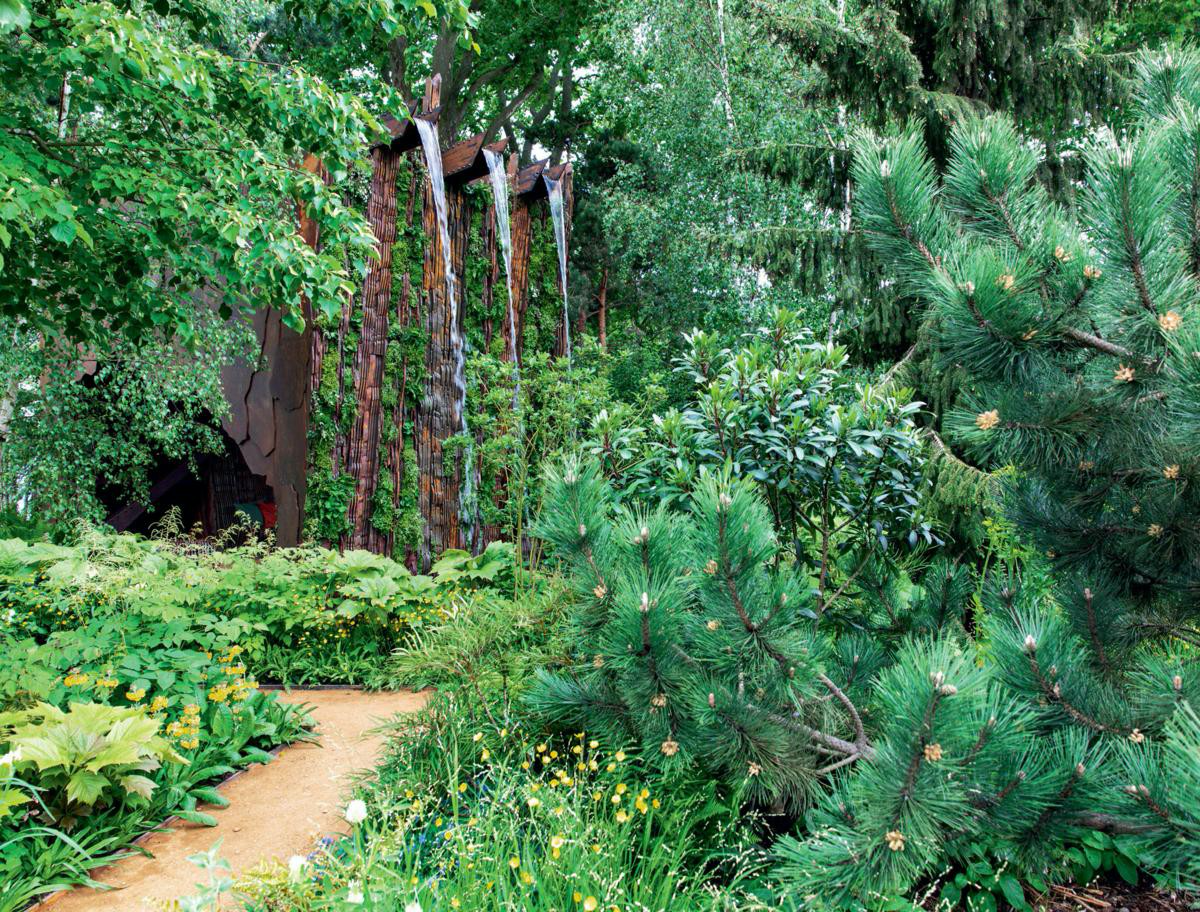
Charles Quest-Ritson: The dismal mistake made by the RHS's judges with the 'best in show' award at Chelsea
'A jumble of rewilding and beaver dams' won the 2022 RHS Chelsea Flower Show best in show, and Charles despairs
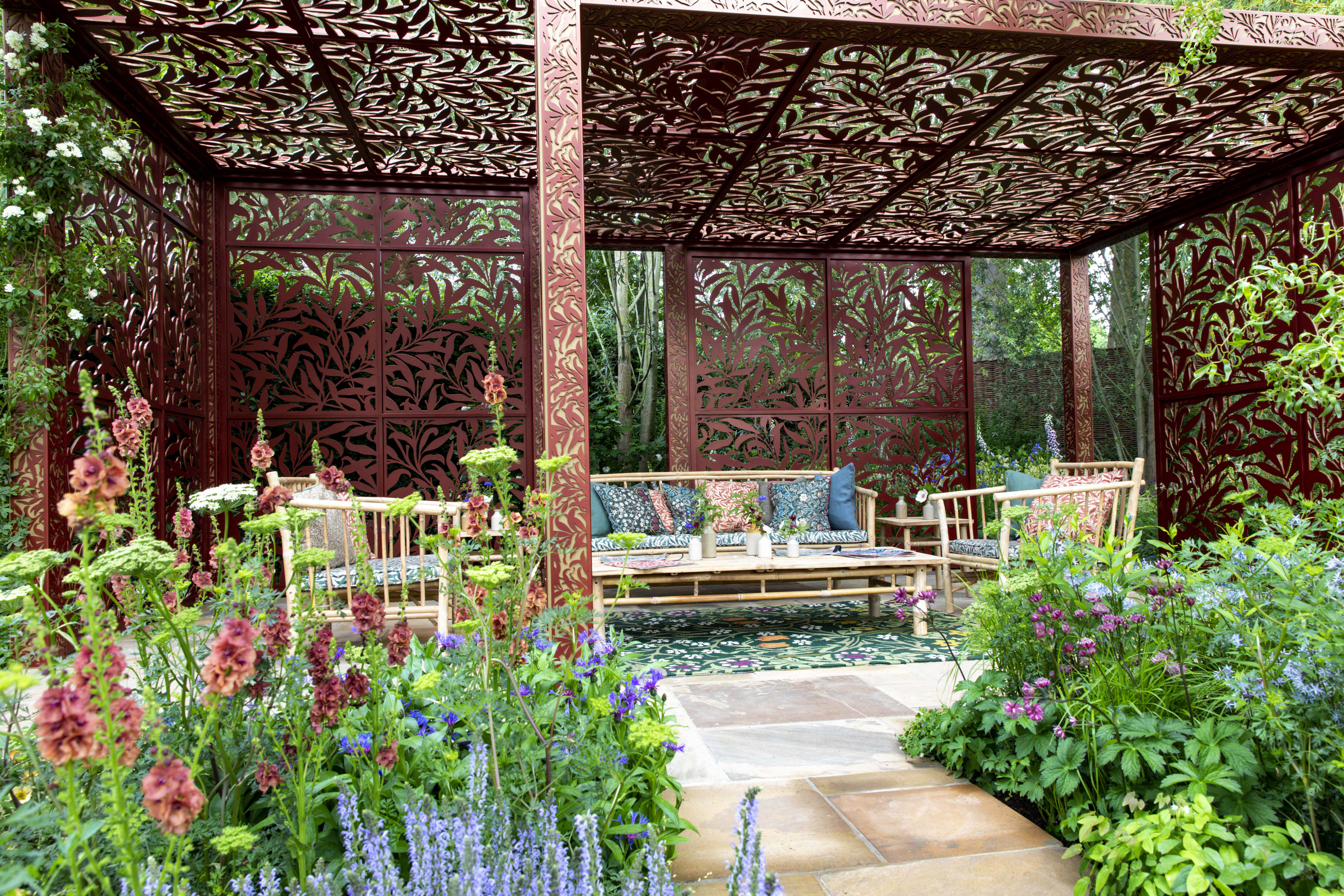
The real highlights from the 2022 RHS Chelsea Flower Show, from gold medallists and sculptures to celebrities and musicians... and even a few pretty flowers
If you can't make it to the 2022 RHS Chelsea Flower Show — or even if you can — here's our look
Country Life is unlike any other magazine: the only glossy weekly on the newsstand and the only magazine that has been guest-edited by His Majesty The King not once, but twice. It is a celebration of modern rural life and all its diverse joys and pleasures — that was first published in Queen Victoria's Diamond Jubilee year. Our eclectic mixture of witty and informative content — from the most up-to-date property news and commentary and a coveted glimpse inside some of the UK's best houses and gardens, to gardening, the arts and interior design, written by experts in their field — still cannot be found in print or online, anywhere else.
